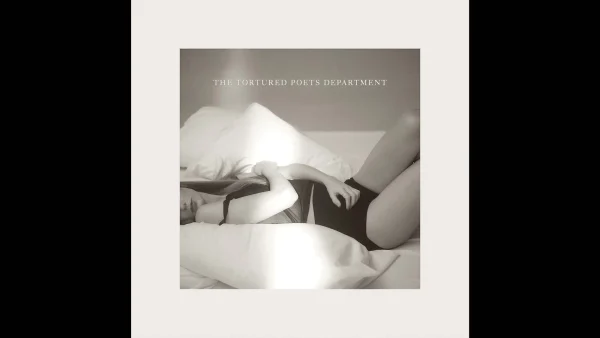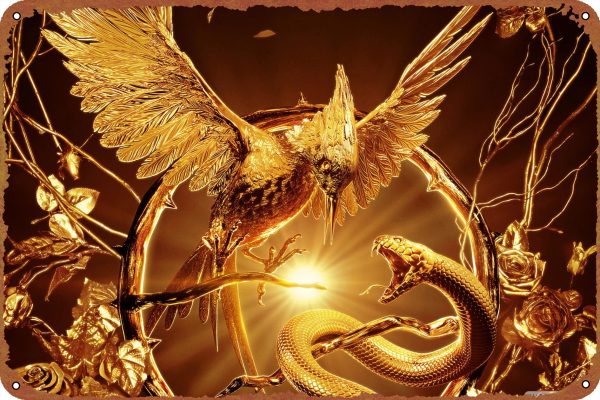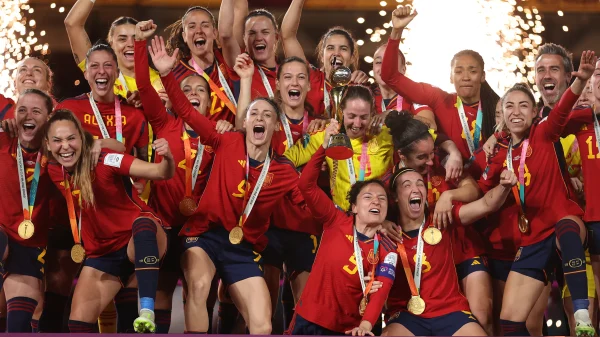The Reboot Phenomenon

Credits: MazeNL77
During the past 70 years, we have seen more and more examples of people and studios re-introducing stories and characters to younger generations in what can only be known as a “Reboot phenomenon”. With the astounding success of super heroes on the big screen, it doesn’t take long for Hollywood to reboot the same franchise again in the hopes of appealing to a wider audience (I’m looking at you, Spider Man). Looking back, reboots seem to be a recent concept that came along with the superhero age. However, it isn’t as new of a strategy as we think.
Around the 19th century, Jacob and Wilhelm Grimm published a tale named Aschenputtel that was later adapted to English and became Cinderella. Although the true origin of the tale is shrouded in speculation and discussion, both the Grimms and a french author named Charles Perrault helped the story gain its fame. After a huge success, it became a classic in the fairy tale world. However, people started forgetting about Cinderella. Therefore, in 1950, Walt Disney studios developed the first widely successful movie adaptation of the novel, re-introducing many children to the wonders of Cinderella. Disney did the same to many other fairy tales, such as Snow White, Sleeping Beauty and Little Red Riding Hood; all stories that Perrault and the brothers Grimm made famous. With that, Disney placed itself as the pre-eminent animation studio.
Fast forward to 2015 when Disney released a live action adaptation of the same tale. It wasn’t the first Disney movie to receive the new treatment; Alice in Wonderland received a live action re-imagination in 2010 to commercial success (it was the sixth movie to cross the global one billion dollars mark). Old fans were surprised by the new approach Disney was taking towards its classics, but the studio’s goal was achieved: the younger generations now knew about Cinderella and others stories that made Disney so famous. Another example of this phenomenon is when Marvel presented to young kids the astonishing and wondrous world of superheroes that were previously known only in the format of comic books and not widely recognized. Ironically, Disney ended up buying Marvel in 2009 for 4.9 billion dollars, securing its place as the rightful ruler of reboots.
Even though Disney started and popularized the practice of reboots, it isn’t the only studio that engages in this phenomenon. Many independent creators have been bringing old ideas and long forgotten figures to the eyes of society once again. Such is the case of Hamilton, the play about the founding father Alexander Hamilton that broke the record of Tony nominations and is a hit all across the world. According to Erik Piepenburg in his New York Times article “Why ‘Hamilton’ Has Heat,” playwright, composer, lyricist, and main actor Lin Manuel Miranda made the forgotten story of the New Yorker/founding father widely known to the general public through the use of hip hop, R&B, and ethnic diversity. Through this strange mixture, Lin Manuel Miranda managed to do the same with Alexander Hamilton as Disney did to fairy tales and show humankind forgotten concepts by “rebooting” them.
As shown, the “Reboot phenomenon” isn’t as new a concept as we originally thought. By giving another look to something familiar, studios such as Disney and creators such as Lin Manuel Miranda manage to sustain concepts through generations, as long as the new version is different from the previous one. Since the live action approach is finally seeing its end with the bomb that was Alice Through the Looking Glass, one can only presume that Disney’s next approach to the classic tale will be casting actual mice to promote its beloved mascot’s image.

Coming back for his third and final year in The Talon, Guilherme has taken the role of the entertainment editor, much to the dismay of his writers, since...










